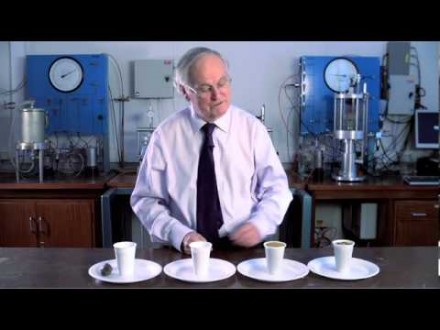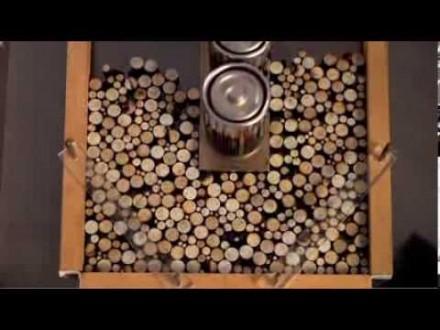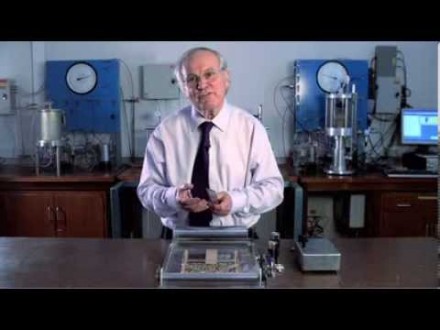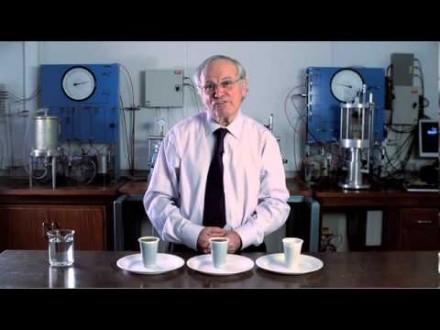World-leading geotechnical engineer Professor John Burland introduces viewers to the world of soil mechanics. This is the first in the Bare Essentials of Soil Mechanics series: the key things a civil engineer needs to understand about soil mechanics.
Professor Burland is based at Imperial College London and has worked on hundreds of interesting projects, the most famous of which was stabilising the Leaning Tower of Pisa. In this video Professor Burland invites us to spare a thought for the long-forgotten geotechical engineer whose responsibility it was to stop tunnels from falling on our heads or to prevent skyscrapers from sinking into the ground. He goes on to describe soil mechanics as the branch of science that studies the mechanical behaviour of soils as they apply to the design of civil engineering structures.
Learning outcomes
This video will help learners answer questions such as:
- What is geotech engineering?
- What is the relationship between civil engineering and geotechnical engineering?
- What does a geotech engineer do?
- In what civil engineering projects do geotechnical engineers get involved?
- What is soil mechanics?
About the Bare Essentials of Soil Mechanics series
This video is part of the Bare Essentials of Soil Mechanics series, funded by the Ove Arup Foundation, in which Professor John Burland draws on his many years of practice in geotechnical engineering and teaching to provide listeners with what he regards to be the key knowledge that geotechnical engineers need to understand about soil mechanics in engineering practice.
Credits
- Written and presented by: Prof John Burland, Imperial College, London.
- Concept design: Think Up
- Graphic design: thomas.matthews
- Direction/Production: Aeries Films
- Image credits: coming soon

Bare Essentials – Introduction to Geotechnical Engineering by Think Up is licensed under a Creative Commons Attribution 3.0 Unported License.
Permissions beyond the scope of this license may be available at info@thinkup.org




